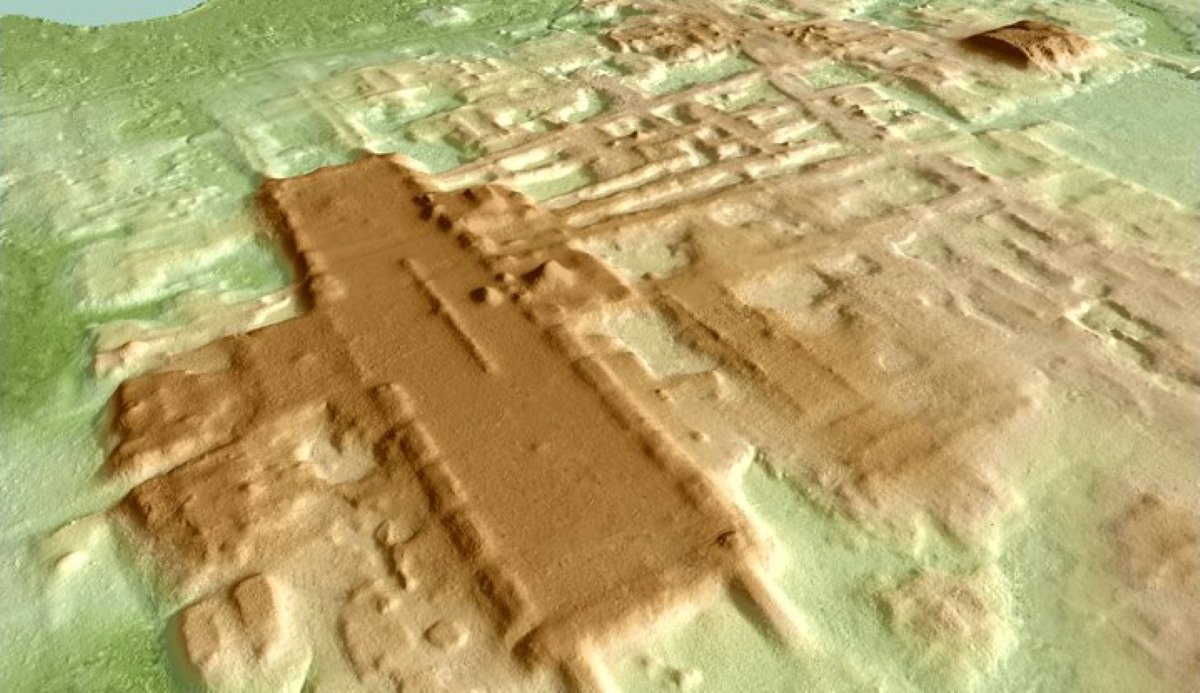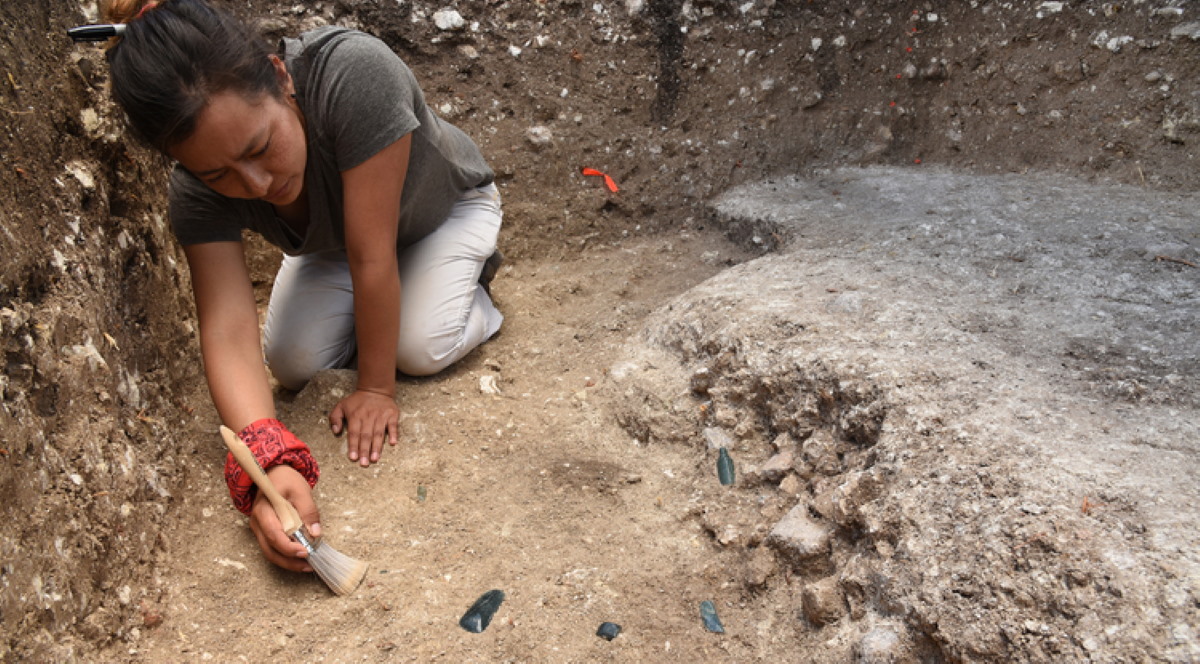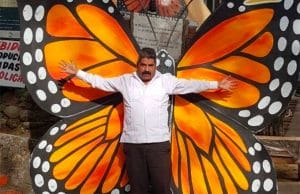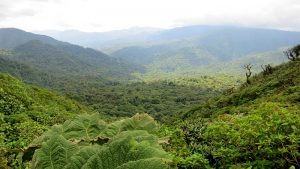Walking in Aguada Fénix in Tabasco, Mexico is like walking on sandy paths surrounded by dense nature. It’s impossible to suspect that something great might be hiding underneath it all, but a team of scientists from the University of Arizona has identified and unearthed a man-made Mayan platform spanning 563,000 square meters (6060081 square feet!). It is the largest and oldest Mayan structure discovered so far, marking the transition from an itinerant lifestyle to a more sedentary one starting from 950 BC.
The study, recently published in Nature, sheds new light on the habits of the Mayan population, suggesting that this civilization has developed faster than archaeologists have estimated so far. Furthermore, new findings suggest that there was also less social inequality than in later periods.
From the ground, it is impossible to notice the extraordinary treasures hidden from the plateau but from the sky using advanced lasers capable of surveying below the surface of the earth, and with radiocarbon dating, the Arizona scientists immediately understood that what they were looking at the largest and oldest Mayan monument ever discovered.
Located in Tabasco, Mexico, near the northwestern border of Guatemala, the Aguada Fénix site had remained hidden despite its impressive size: it is 1.4 km long and has a height ranging from 9 to 15 meters.

The monumental building was discovered by an international team led by Takeshi Inomata and Daniela Triadan, professors of the University of Arizona’s School of Anthropology, with permission from the National Institute of Anthropology and History of Mexico.

The team used lidar technology that uses laser-emitting equipment from an aircraft. The laser beams penetrate the crowns of the trees and their reflections on the surface of the ground reveal the three-dimensional shapes of the archaeological structures. The team has been able to see the site up close by taking and submitting 69 samples to the radiocarbon dating method. Thus it was possible to determine that this monumental building was built between 1,000 and 800 BC. Until now, the Mayan site of Ceibal, built in 950 BC, was the oldest confirmed ceremonial center.
The Aguada Fénix is not only the oldest but it is also the largest known Mayan site, far exceeding pyramids and palaces of later eras.
“Using low-resolution lidar collected by the Mexican government, we noticed this huge platform. Then we did high-resolution lidar and confirmed the presence of a big building,” Inomata said. “This area is developed – it’s not the jungle; people live there – but this site was not known because it is so flat and huge. It just looks like a natural landscape. But with lidar, it pops up as a very well-planned shape.”
The discovery has several implications. First, archaeologists agreed that the Mayan civilization developed gradually. Until now, small Mayan villages were thought to have sprung up between 1,000 and 350 B.C. during the so-called middle pre-classic period, together with the use of ceramics and some corn crops.
Secondly, the site looks similar to the old center of Olmec civilization of San Lorenzo in the Mexican state of Veracruz, but the lack of stone sculptures related to rulers and elites suggests less social inequality than San Lorenzo and underlines a greater presence of community work.
“There has always been debate over whether Olmec civilization led to the development of the Maya civilization or if the Maya developed independently,” Inomata said. “So, our study focuses on a key area between the two.”
The period in which Aguada Fénix was built marked a power gap – after the decline of San Lorenzo and before the rise of another Olmec center, La Venta. During this period, there were a number of innovations that also affected construction and architectural styles in southern Mesoamerica. The large plateau and large causeways suggest that the monumental building was built for use by many people.
“During later periods, there were powerful rulers and administrative systems in which the people were ordered to do the work. But this site is much earlier, and we don’t see the evidence of the presence of powerful elites. We think that it’s more the result of communal work,” Inomata said.
Inomata and her team will continue to work at Aguada Fénix and will make a wider lidar analysis of the area to better understand the correlation between Olmec and Maya.
“we want to see how people lived during this period and what kind of changes in lifestyle were happening around this time.”
Sources: University of Arizona, Nature






